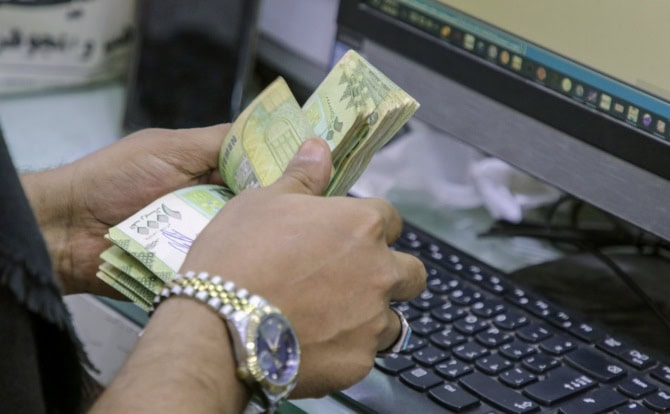
A cashier counts Yemeni riyal banknotes at a local currency exchange in Aden, Yemen. (Reuters/File Photo)
30-07-2025 الساعة 8 مساءً بتوقيت عدن
|
|
Aden (South24 Center)
The Yemeni rial has witnessed a significant improvement in its exchange rate in recent days, following an unprecedented decline that saw the U.S. dollar approach the 3,000 rial threshold last week.
Banking sources in Aden reported on Wednesday, July 30, that as of 7:30 p.m. local time, the dollar traded at approximately 2,290 rials for buying and 2,350 rials for selling, while the Saudi riyal reached 605 rials for buying and 620 rials for selling, amid continued market volatility and uncertainty.
A banking source who spoke to South24 Center on condition of anonymity stated that the market is experiencing significant price fluctuations and genuine concerns, particularly when there's a wide gap between buying and selling rates.
The source suggested the rial's recovery may be linked to recent reforms by the Aden-based Central Bank as part of its plan to develop the national payments system. These include establishing an instant payment company, restructuring the Unified Network, and implementing regulatory measures against non-compliant exchange companies, alongside progress in restarting the Aden refinery.
The same source indicated that resuming operations at the Aden refinery represents a positive factor for the market but warned that any setbacks could directly impact financial stability. The Aden Refinery Company is preparing to begin production in early August after years of inactivity due to war and infrastructure deterioration.
In recent days, the Central Bank in Aden suspended 30 exchange companies and establishments for alleged violations.
July saw extensive moves by the Aden Central Bank to accelerate the establishment of the national payments system and transition toward digital financial services. On July 10, Central Bank Governor Ahmed Ghalib chaired an expanded meeting with representatives of commercial and Islamic banks and microfinance institutions to discuss establishing the instant payment company as a key step in developing the banking sector's digital infrastructure.
In mid-July, a Central Bank delegation met with World Bank officials to review technical and administrative arrangements for the World Bank-funded national payments systems project.
According to economic reports, these measures are part of preparations to fully launch the system, aiming to regulate money flows, reduce reliance on paper currency, and enhance transparency - despite challenges from declining oil revenues and scarce international support.
This transition is viewed as a promising tool for achieving exchange rate stability, provided it coincides with broader economic reforms including the resumption of exports and economic activity expansion, factors that remain heavily dependent on the country's political and security stability.
The local currency's improvement coincided with widespread protests in Hadramout governorate since last Sunday over deteriorating public services, particularly electricity, along with demands for better living conditions and stronger currency value.
On Monday, July 28, angry protesters stormed the governorate building in Mukalla, the largest city in South Yemen, expressing frustration over worsening crises.
This sudden improvement in the rial's exchange rate has raised questions about its sustainability and whether it will actually lead to lower prices for essential goods and services that burden citizens in South Yemen, or if it merely represents a temporary correction in an unstable market.